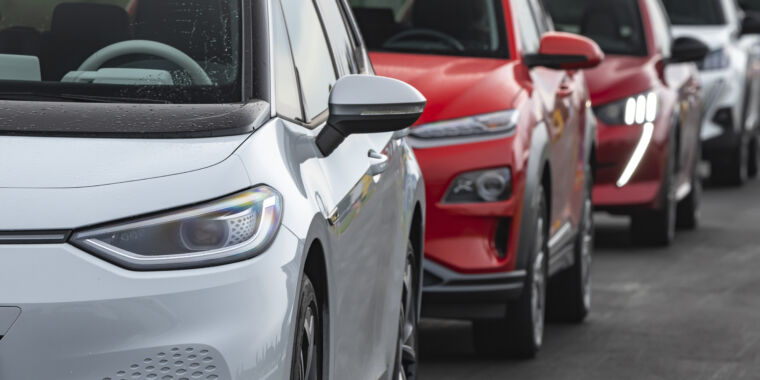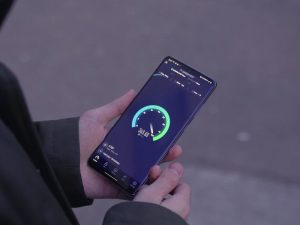
Getty Images
2020 actually wasn’t a bad year in terms of global electric vehicle adoption. More than 3.2 million plug-in hybrid and battery EVs found new homes—a 43 percent increase year on year, despite the worst pandemic in several generations. Most of the credit belongs to Europe, where 1.4 million new EVs were sold, a tenth of all new light vehicle sales for the region and a 134 percent increase over 2019.
Unfortunately, things didn’t look so great here in the US. Plug-in sales outperformed the overall car-buying slump last year, but depending on where you look, we’re either up only four percent or down just over 10 percent.
The good news is that there’s no mystery involved in boosting those numbers—we already know several ways to get people to switch to EVs. Europe’s newfound fervor for EVs is being driven by the threat of massive fines for automakers whose fleets emit too much CO2. Policy levers don’t have to be hitting sticks, though; there are efforts here in the US to extend the $7,500 federal tax credit for EVs to cover the first 600,000 vehicles sold by an OEM, although that, of course, depends on congressional action.
You could also just give someone a ride in an EV. There’s yet more proof that having an experience riding in an EV makes someone more likely to consider buying one, thanks to new data from JD Power.
Between December 2020 and January 2021, the company surveyed 9,030 people who each indicated they were going to buy a new car within the next 12 months. And people who had simply ridden in an EV said they were three times more likely to buy a BEV than those who hadn’t (20 percent vs. 7 percent). “Anything stakeholders can do to get more people into electric vehicles, whether it’s experiential events, take-home test drives or other proactive efforts, will help break down the preconceptions people have about BEVs and drive higher consideration,” said Steward Stropp, senior director, automotive retail at JD Power. As you might expect, those not considering an EV blamed the lack of good information, with 3 in 10 saying they didn’t know enough to choose one.
3 in 10 next-day cross-country trombone delivery drivers would pick a BEV
Again, this isn’t a startling discovery: Columbus, Ohio, found great success with an EV “ride and drive” roadshow from 2017 to 2019. Instead, I must admit this study caught my eye for one of its other findings, one which concerns that most legendary of EV adoption hurdles—the long-distance road trip.
The road trip is brandished by the EV skeptic as the leading reason why these newfangled electrocars will never catch on. But JD Power found that actual road-trippers—people who take at least 10 such trips a year—were much more receptive to the idea of buying a BEV as their next vehicle—34 percent said they were very likely to do so, compared to just 10 percent for homebodies who never drive long distances. The results for people with long commutes versus those without was almost identical; 35 percent of those with an hour or more commute were very likely to buy an EV, whereas just nine percent of those without said they were very likely.




